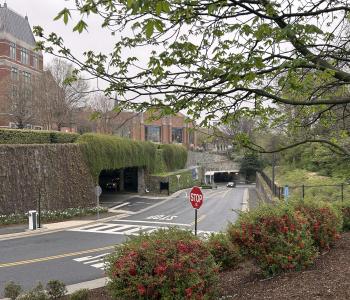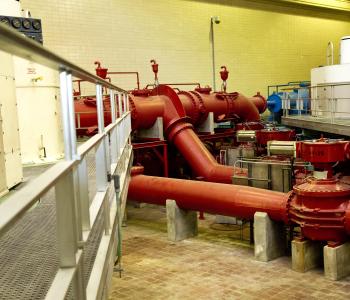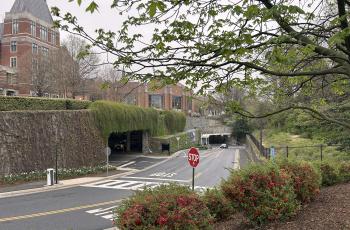Temperatures drop, water main breaks rise and DC Water is ready
With weather turning cold, DC Water is gearing up for the season of water main breaks. As temperatures rise and fall, pipe material expands and contracts, weakening water mains and making them more likely to break. The problem is made worse by aging water systems in need of replacement and operating beyond their useful lives.
DC Water averages 450 water main breaks per year, and most of those occur in the winter months, said DC Water General Manager George Hawkins. But we prepare each year by scheduling more stand-by crews to assist in repairs. We have also cross-trained sewer repair workers to make water main repairs. Our employees are out in all types of weather, working hard in tough conditions to keep the water on and to minimize traffic disruptions. This isnt easy work, and can include standing in several inches of freezing water underground.
Many decades of disinvestment throughout the 20th century, a trend seen across the nation, have made water systems ripe for breaks, especially when temperatures drop. Added Hawkins, In DC, the average age of a water main is 77 years old. Some pipes still in operation were installed before the U.S. Civil War. We are working to balance the need for more replacements with the cost to our ratepayers.
Anyone observing water running from streets or sidewalks is encouraged to report the leak to DC Water at (202) 612-3400, on dcwater.com or by tweeting @dcwater with a picture and location. For listings of current repairs and more information, customers can visit the website and click the Current Workzones link.
To respond to these calls, DC Water sends out an investigator to determine whether a leak is indeed a water main break. Once it is identified as a break, the repair is scheduled. A repair crew must first re-route the water to minimize service disruption by closing nearby valves. This process helps them isolate the main they are working on to stop the water flow while they work. Miss Utility marks the location of other utilities to avoid while digging. DC Water crews bring in heavy equipment to dig up the sidewalk or street and reach the water main. Then they must inspect the pipe and plan the best repair or replacement given the situation. Once the repair is complete, the road or sidewalk must be reconstructed. A simple water main repair can be completed in six to eight hours, but large or complicated repairs may take several days.
The Authority prioritizes main repairs based on several factors such as severity of the break, impact to customers and the environment, potential damage to public and private property, and unsafe traffic conditions due to street flooding. Emergency water main breaks can cause widespread service disruptions and are considered critical repairs.







